Why Does My Dog Stare At Me?

We’ve all experienced it. We’re sitting on the couch after a long day at work. Our feet are up, the TV is on, we’ve got a cold beverage, and we’ve let out that sigh of relief that only comes after we know we can finally relax. Maybe we’re reading a book or a magazine, or maybe just scrolling through social media mindlessly, when we suddenly get the feeling that we’re being watched.
As we glance up from whatever we’re doing and look around, we immediately see the source of the stare. It’s your sweet dog, just inches away from your face, staring intently at you. It’s almost creepy, looking up to see that serious stare. What do they want?
Although it is impossible to know exactly what our pets are thinking and feeling (or wanting!), animal behaviorists have been studying dog behavior for years. We’ve compiled that information for you today, along with some other of our pets’ stranger behaviors. Let’s take a peek inside our pup’s head.
So, Why Does My Dog Stare At Me?
If your dog is looking at you like this, you might be wondering if they’re trying to pass you a psychic message. Unfortunately, our dogs can’t just speak to us in plain English, so we have to rely on reading their body language to figure out what they want or need. And thank goodness, right? Imagine if our dogs could really speak. Most of them would never actually stop talking. But, other than the fact that they lack English, is there a specific reason to sit and stare at us?
Unfortunately, there isn’t really a single answer to this question. There are likely multiple reasons why our dogs stare at us, and the vast majority of those reasons have to do with non-verbal communication. It really all boils down to two things, though - they are either trying to communicate with us or are waiting for us to communicate with them.
Our dog’s eyes are one of the best ways to communicate both with us and with other dogs, both positively and negatively. While staring for too long is considered bad doggy manners (which is why your dog is unlikely to make direct eye contact with you for too long), staring in your general direction or making brief but intense eye contact is often a sign of affection. In fact, the eye contact made between a dog and their owner can actually release a flow of oxytocin (more commonly known as the “love hormone”) for both of you. This is the same as what a hug does between two people.
Having your dog stare at you is also a sign that they respect you. If your dog is focusing intently on you, that means they respect you and see you as “the boss.” They’re waiting to see if you have anything for them to do or are trying to communicate with you that they are ready for instruction, so they stare at you as a way of showing you that they’re paying attention. Dogs that are especially focused are also much easier dogs to train, even more than dogs that are food or toy driven.
However, in some cases, our dogs are simply staring at us just to get a message across - they’re hungry, they need to go outside, they want you to throw their ball, etc. These messages usually come with other physical body language cues, and should be much easier to read. Usually, your dog staring at you with a specific purpose doesn’t really make you wonder what they want. It’s blatantly obvious.
Why Does My Dog Walk In Circles Before Lying Down?
Another “strange” dog behavior is the way that many of our dogs have to make at least a few circles before they are able to lay down comfortably. Some pets will even make a few circles, lay down, and then stand back up and circle again until they seem content with their bed and the way they are lying.
While studies and research are very mixed and controversial about the reason that they do this, most people agree that it is probably instinctual. The behavior can even be seen in wolves in the wild, which is likely where our furry friends evolved from. Because circling before lying down is such a commonly seen behavior in nature, it has always been thought linked to their self-preservation. Where it originally came from is anyone’s guess, but there are a few stronger schools of thought on it.
To dig into these schools of thought, it’s important to start with the note reminding people that our dogs are descended from wild animals, the gladiators of the animal world. Much of their behavior now had an evolutionary purpose then. Circling is just one of many of those things. Circling was thought to be a way to not only get a comfortable position to lay down in, but also to be able to point their nose in the direction that the wind is blowing.
From a protective standpoint, that positioning allowed them to be able to smell predators from miles away, which was so important to survival that it would cause them to continually readjust their position until they could get the best angle. It was also essential from a physical perspective, to position themselves so that they can see as far as possible. Both of these factors literally kept our dog’s ancestors alive, which is why we continue to see them today even without the predators around.
However, it’s important to note that there are medical reasons that dogs may circle before lying down. New, sudden circling before being able to lay down can indicate pain or discomfort, or even a potential neurological disorder. If you notice any sudden change in your pet’s behavior, contact your veterinarian right away. While it may be instinctual, you don’t want to miss the early symptoms of a larger health issue.
What Are Zoomies and Why Does My Dog Get Them?
If your dog starts to suddenly run around the house like a race car driver with no obvious purpose or reason, he or she may have a serious case of the “zoomies.” This is yet another of those strange dog behaviors that has an actual, physical reason.
Zoomies, sometimes known by the much more serious acronym “FRAPs” (which stands for Frenetic Random Activity Periods), are those out of nowhere explosions of energy that all dogs seem to get from time to time. Often, this includes your dog running around in circles or loops in the house.
This happens because dogs tend to hold onto much of their energy during the day, and they may not necessarily have an opportunity to release it. This energy builds and builds, until it eventually explodes in one big burst.
Time of the day can also play a major factor in when zoomies happen. First thing in the morning, or when they get released from their crate when you get home are common zoomie times. Some pets also react to stressful situations (like the vet or having people come over) by getting the zoomies after they are over. Everyday events like a bath even trigger some zoomies! The important thing to remember is that they are an incredibly normal part of dog behavior, even though they may seem strange or out of place. Start writing down when your dog is having them, and you may be able to figure out what is actually triggering them!
~
While many of our pet’s behaviors seem weird to us, they all have their own rational explanations. Understanding a little more about the logic behind those behaviors can also help you understand your dog a little better. The more you know, the closer your bond will be! And isn’t that what we all want--to really know and understand our dogs and to have them know and understand us. That’s the stuff loving pet relationships are truly made of!
Sources:
https://vcahospitals.com/know-your-pet/why-dogs-turn-around-before-lying-down
https://www.akc.org/expert-advice/lifestyle/what-are-zoomies/





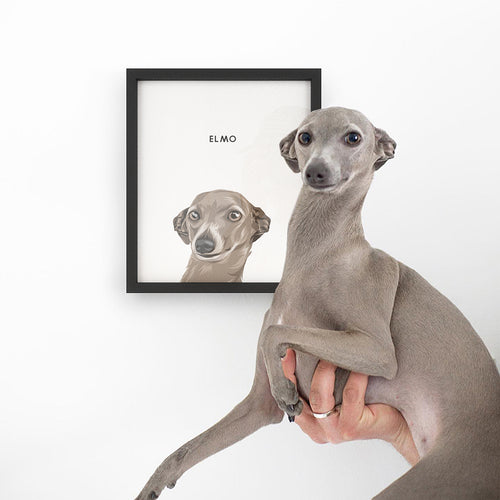

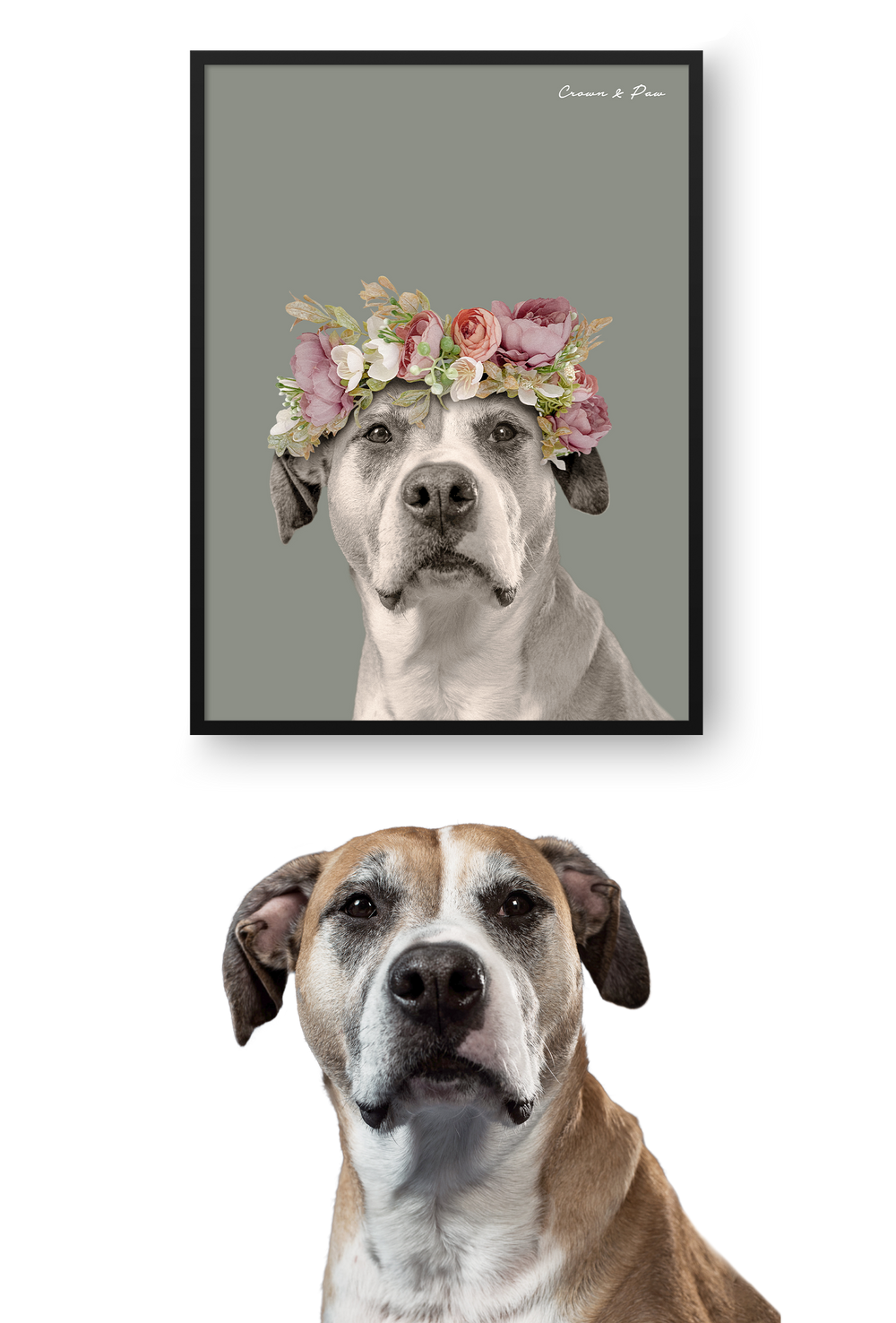

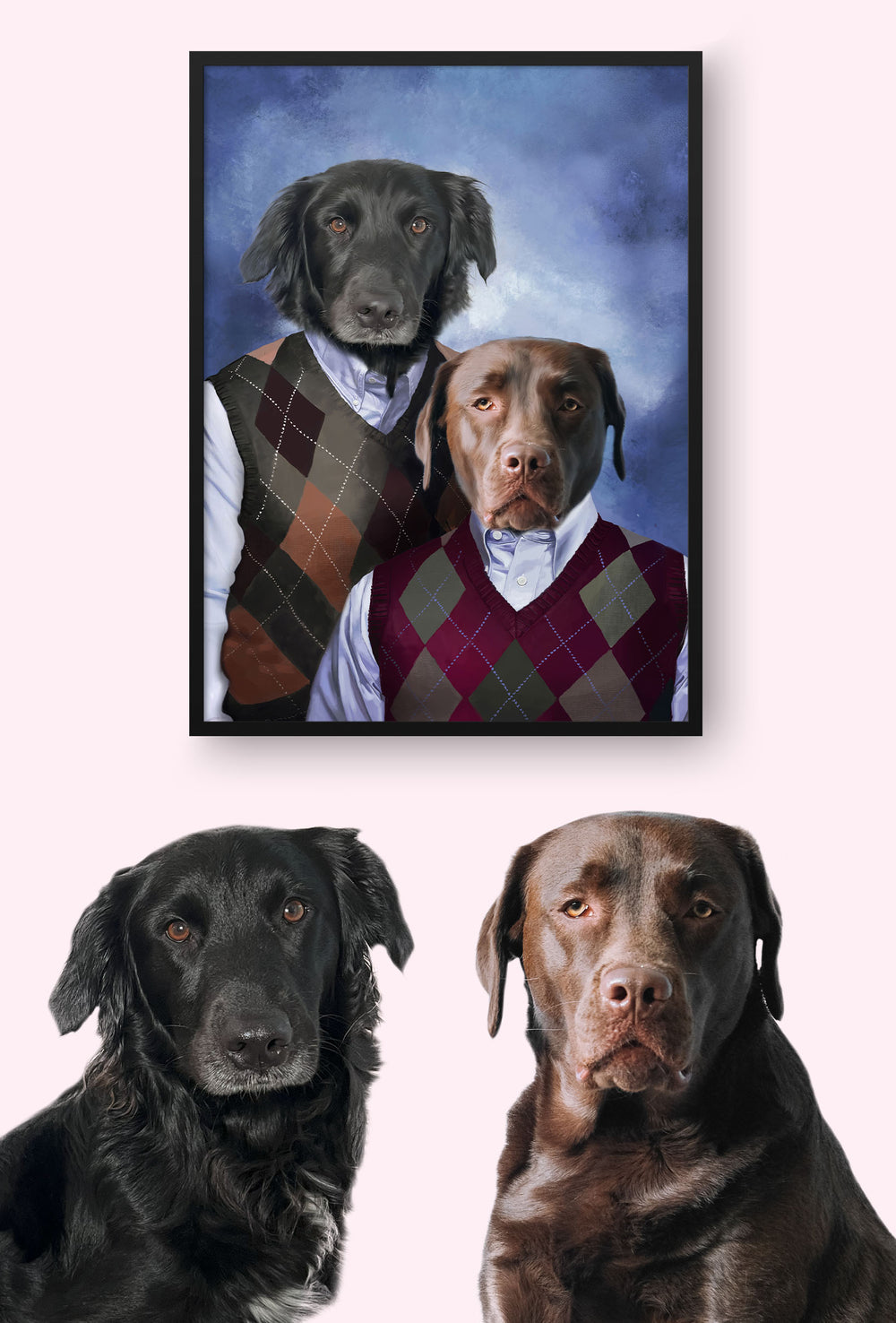
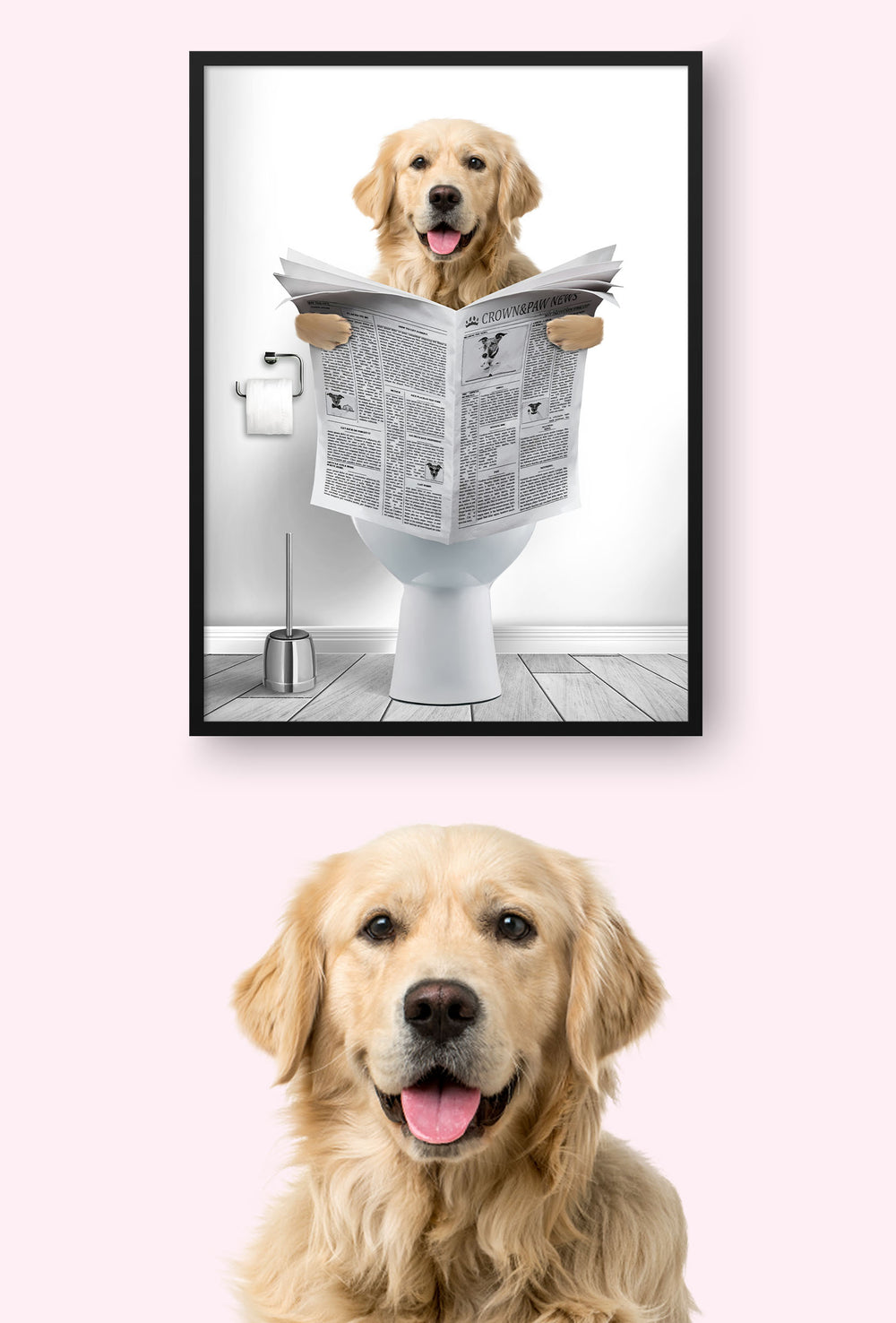
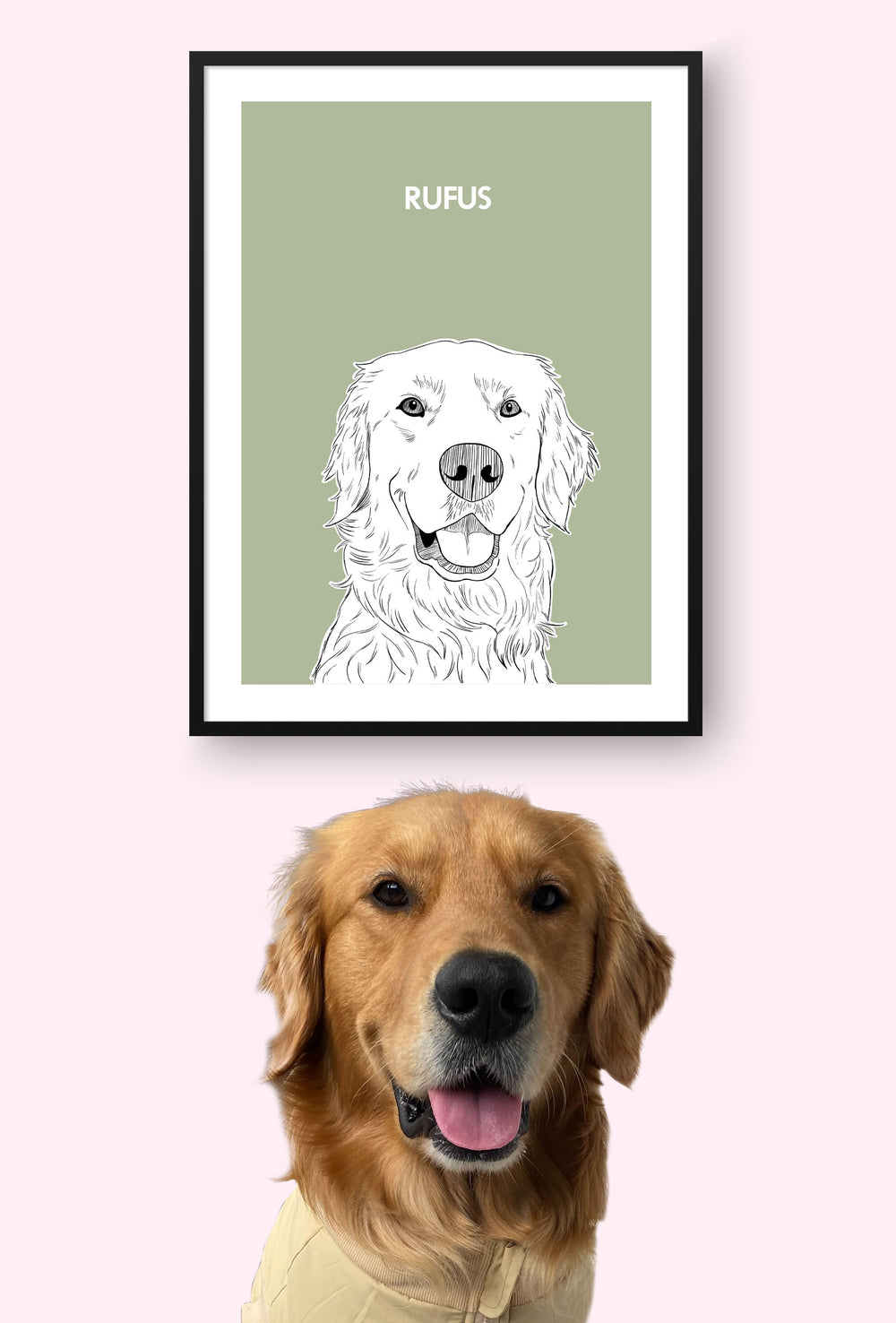


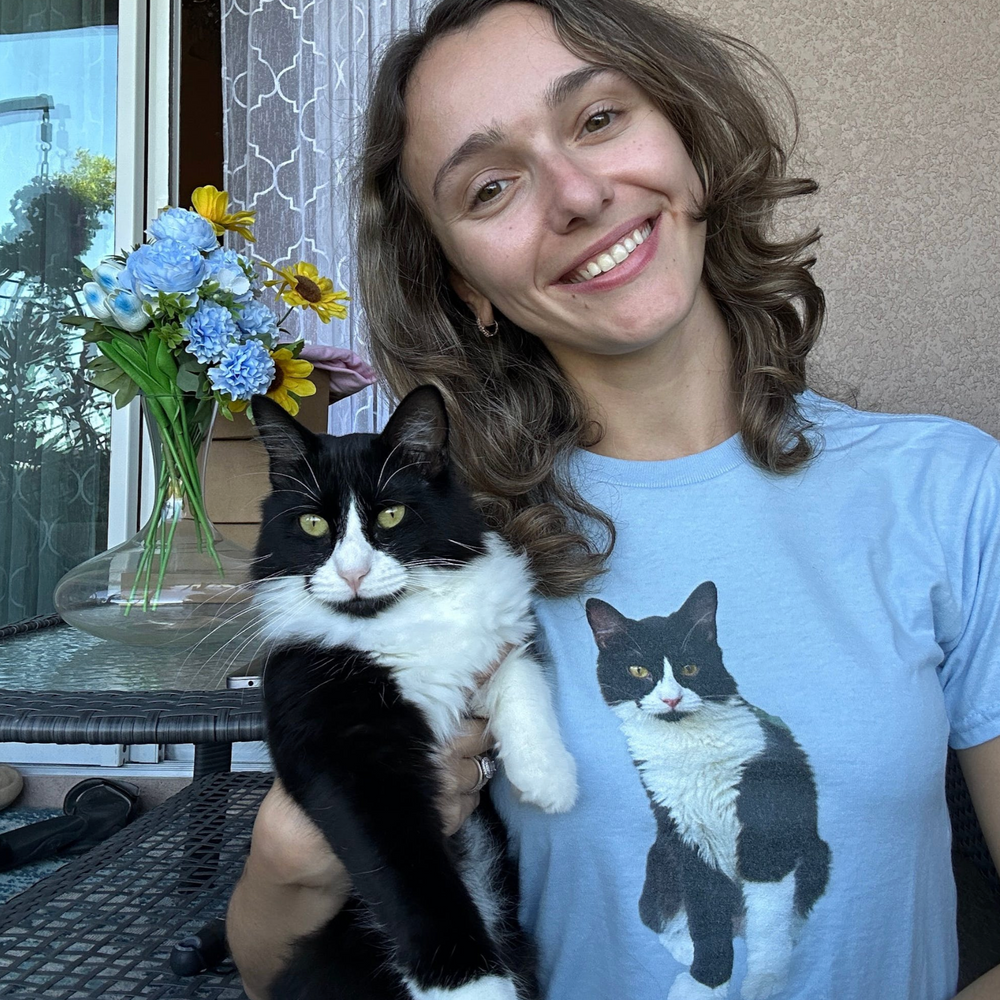
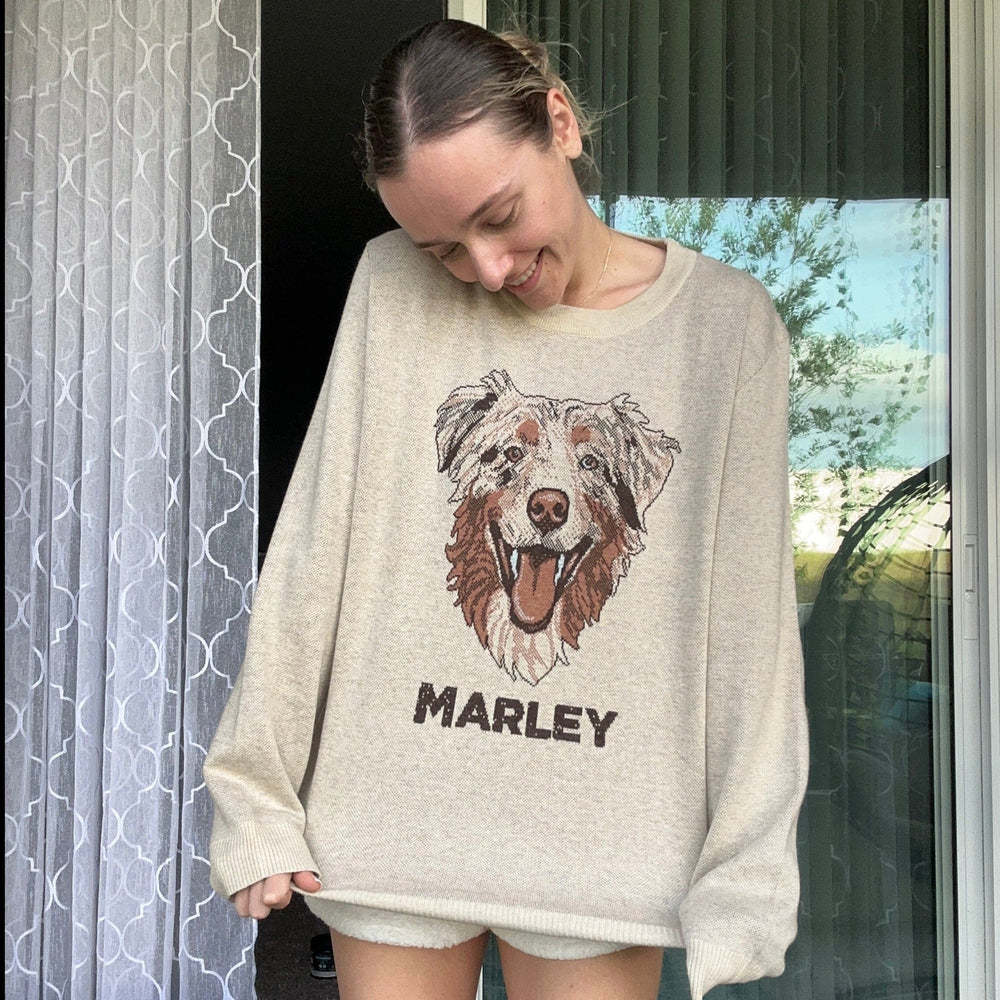

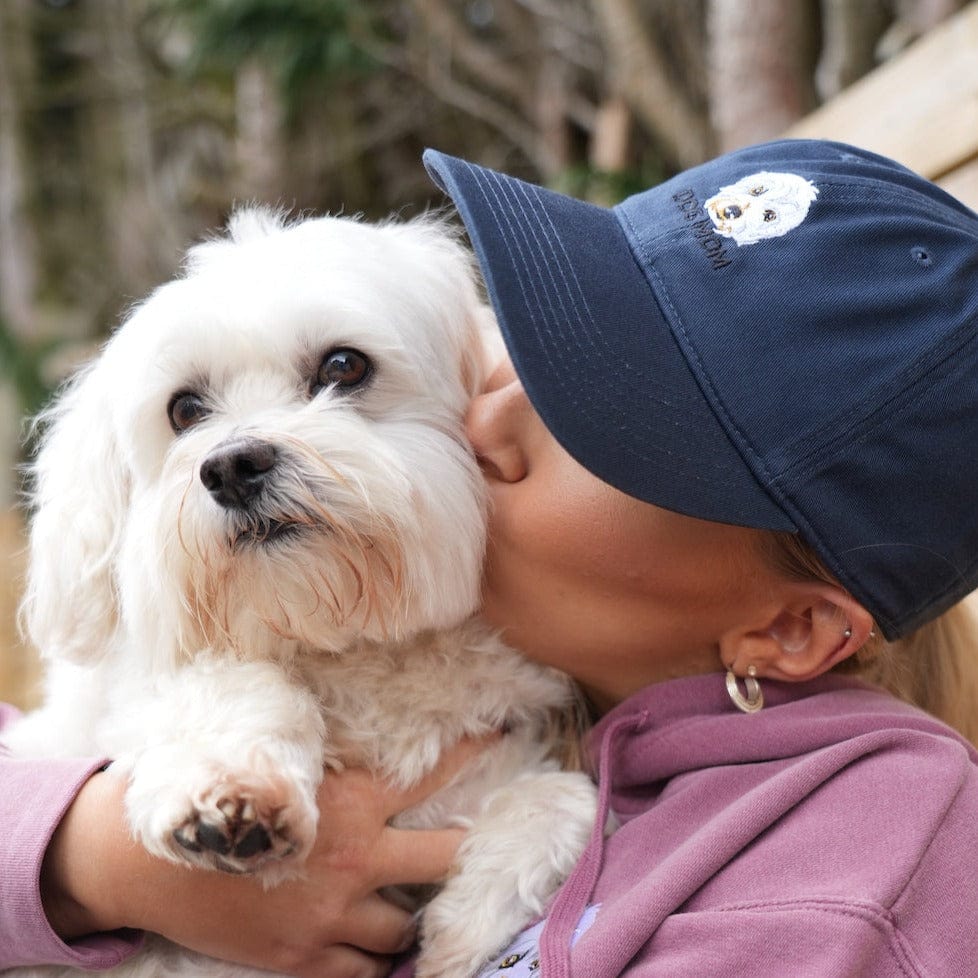
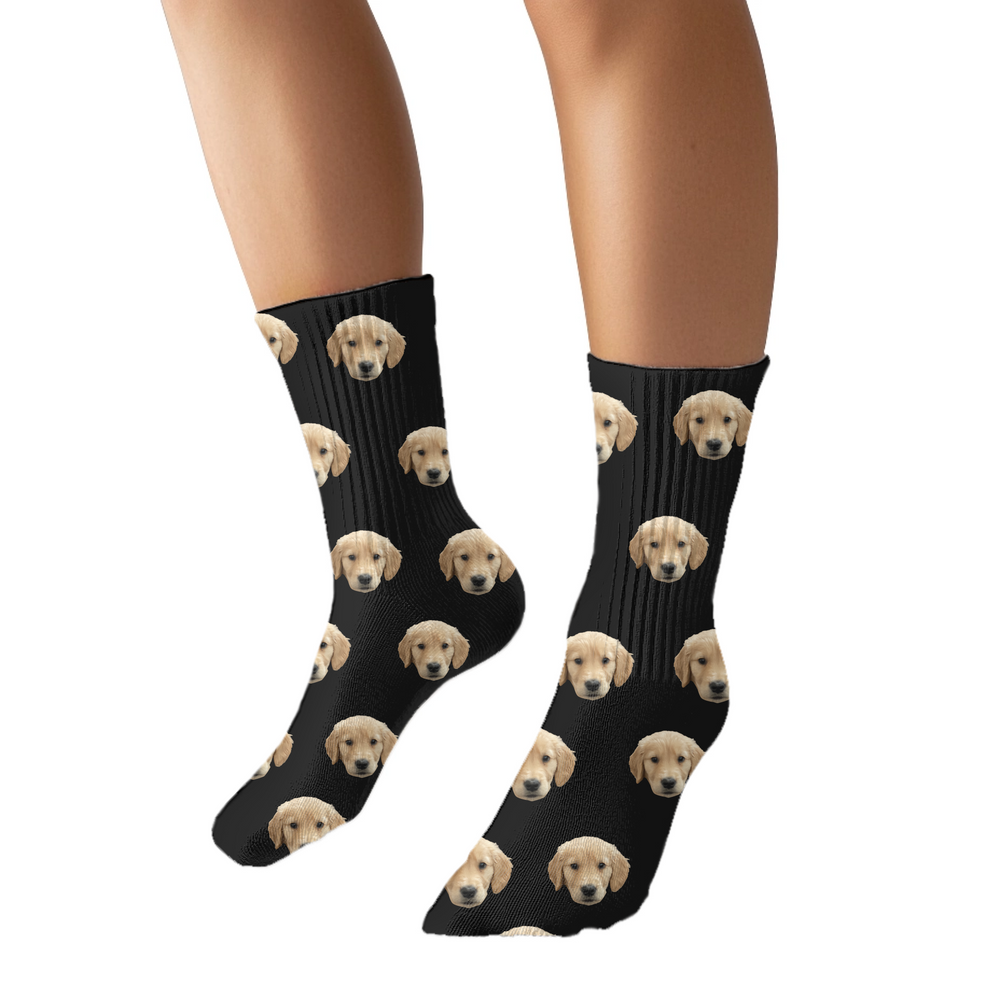



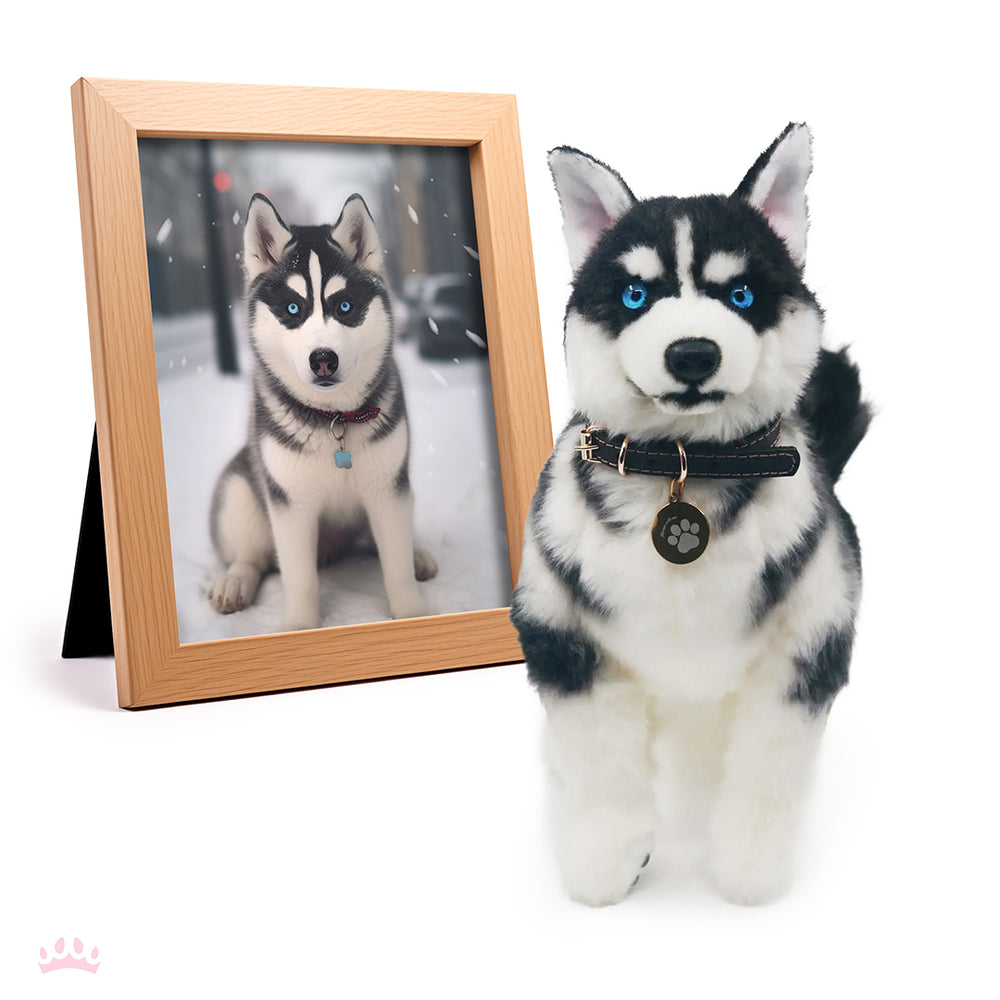
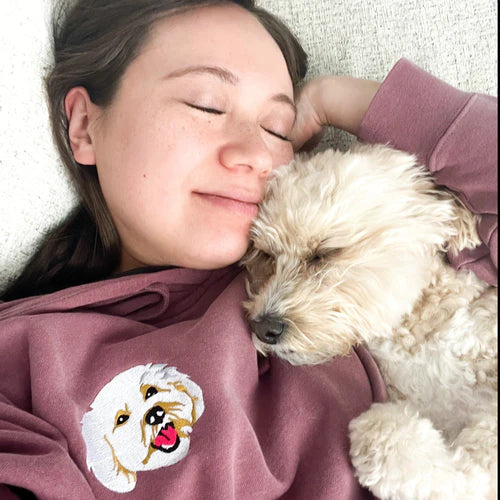


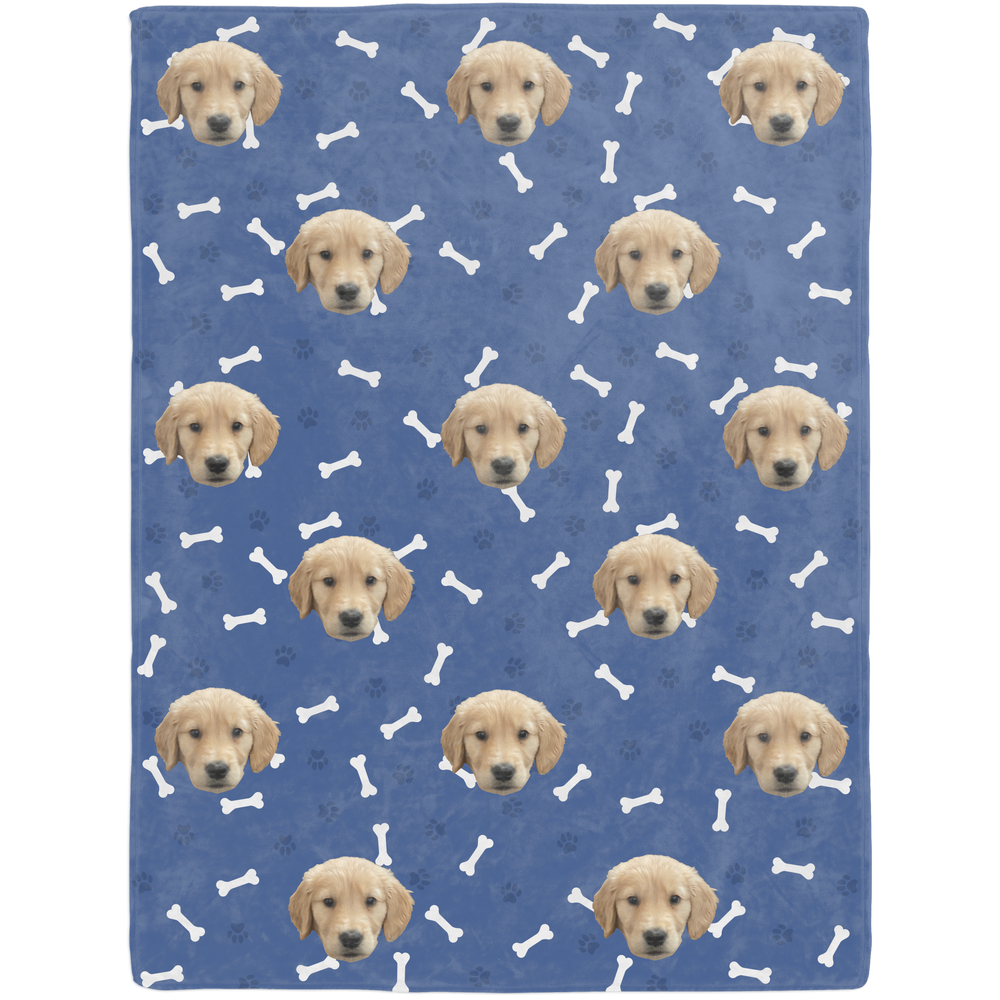

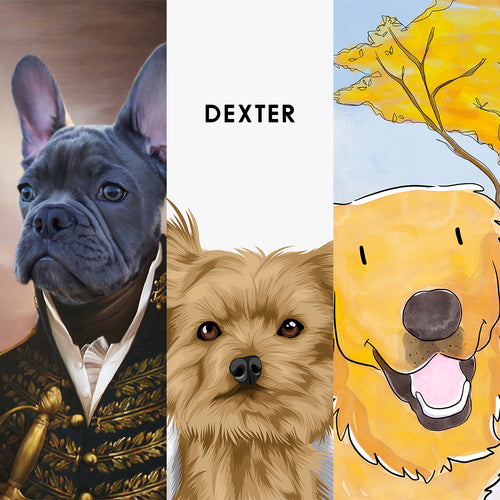
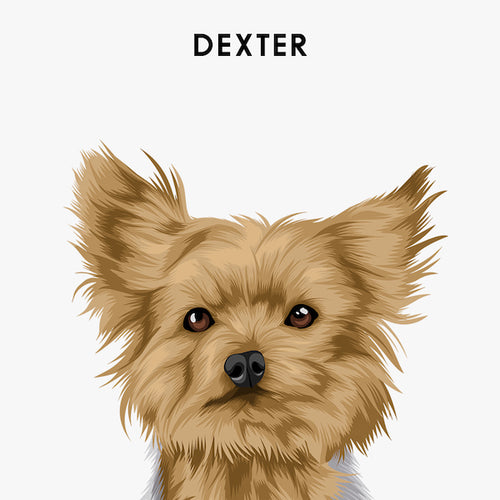






 Reviews
Reviews
 My Account
My Account
 Contact Us
Contact Us
 Help
Help


